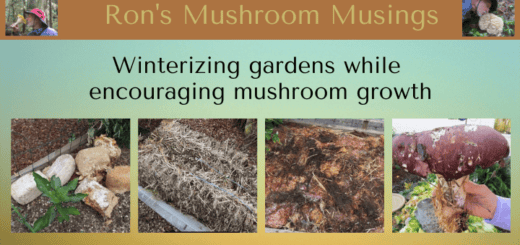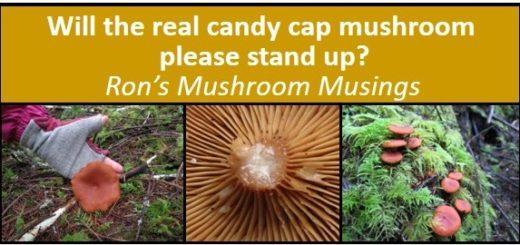Rub-A-Dub-Dub, Mushrooms all in a Tub
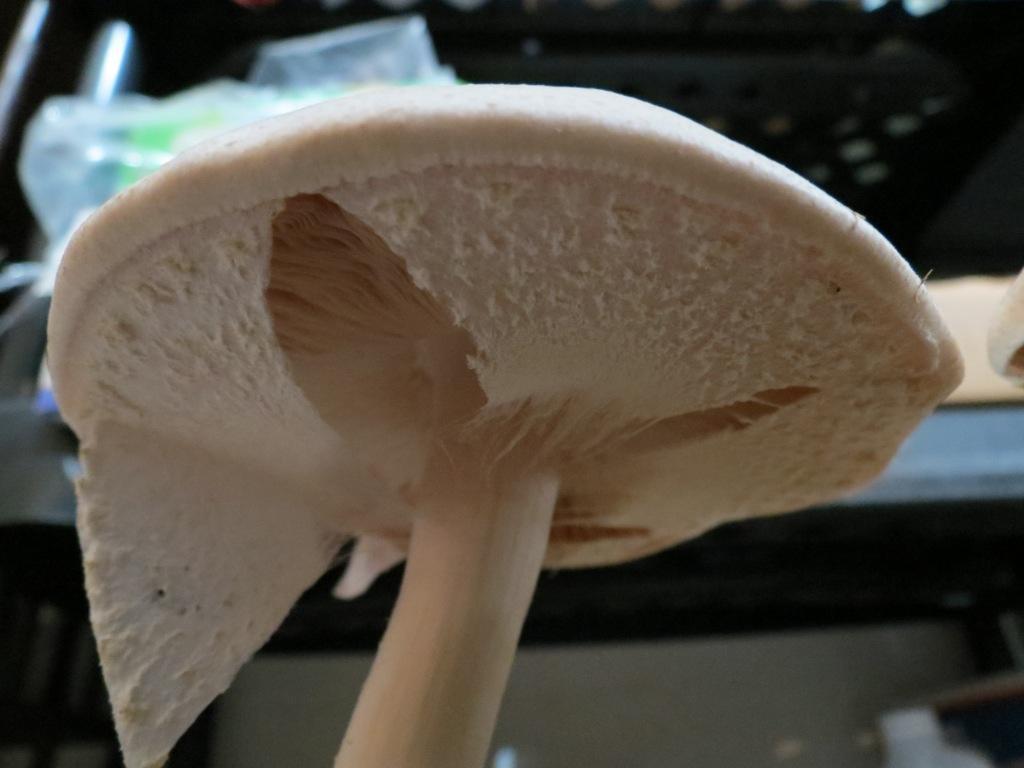
The title of this article is a slight variation on a well known nursery rhyme about a butcher, baker, and a candlestick maker. While they all ended up at sea floating around in a tub, I stayed on dry land and used my tub for cultivating mushrooms. In the past, I have focused on cultivating a variety of mushroom species by inoculating logs and our garden beds, resulting in a good amount of fruiting success. One mushroom species I had long been interested in but had not yet cultivated is Agaricus subrufescens or more commonly called the Almond Agaricus or the Almond Mushroom. Unlike the other mushroom species I’ve cultivated, the Almond Agaricus does not do well in cool environments and a prolonged freeze can severely damage the mycelium.
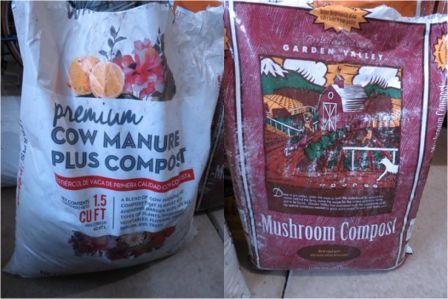
So, in 2019 I contacted Northwest Mycological in Corvallis to see if they had any spawn available for this species. Although they did not, they told me that Dr. David Pilz, a very well known forest mycologist and researcher, had also been interested in cultivating this species. After talking with Dr. Pilz, he ordered a block of sawdust spawn from Field & Forest Products and graciously gave me a chunk to work with. I have been able to keep this mycelium active ever since by refreshing its substrate with new material after it fruits.
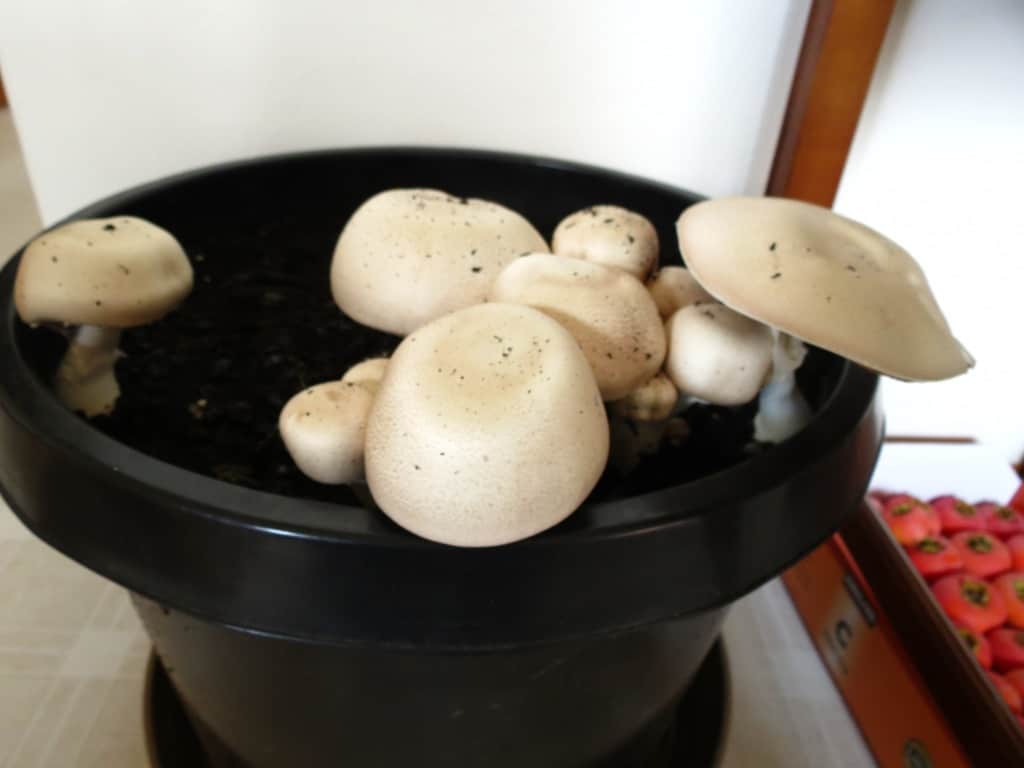
Unlike your typical wood digesters, this species of fungus thrives on well composted organic matter from plants and cows. For my substrate, I used two readymade products which contain a blend of both plant and cow compost. I also added Alder wood chips to the mix mainly to help with drainage and prevent dense clumping which can cause the compost to create a sour odor. To maintain a consistent warm temperature the tub was set onto a large catch pan and brought into the house. All that was left to do is keep the material in the tub moist (not wet or soggy), and out of direct sunlight. It will take several months as the mycelium spreads out and takes over the tub. Happily, the blend I’m using does not put out any foul odor and being in the house makes maintaining and monitoring it very convenient. Please, do not use any blend with chicken manure as it’s generally not recommended and your house will smell like your living in a chicken coop; not that there’s anything wrong with that. The end product is a mushroom that is meaty, is known to possess medicinal benefits, and has a pleasant aroma and taste of almonds that’s quite unique. It is delicious used in a stir-fry or simply as a side dish. But as experience has taught me, it’s not so good in soup recipes. I highly recommend trying this Portabella mushroom relative. It’s fun, it’s easy, and rewarding.
Especially at times like these, when wild mushroom hunting has been quite challenging, having your own tub of mushrooms conveniently located right in your house is pretty great.
References:
- Agaricus subrufescens background and benefits, National Center for Biotechnology Information;
- Agaricus subrufefescens Spawn, Field & Forest Products;
- The ABC’s of Almond Agaricus Mushrooms, Cornell Small Farms Program


